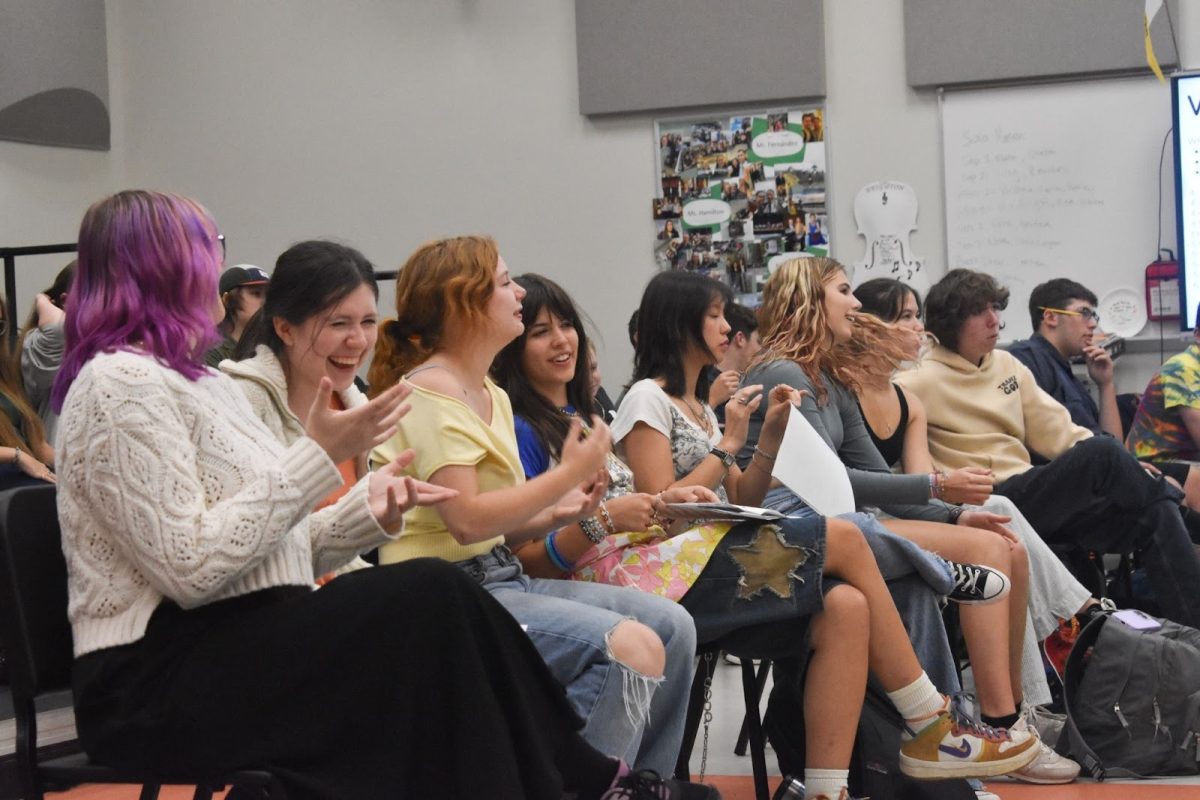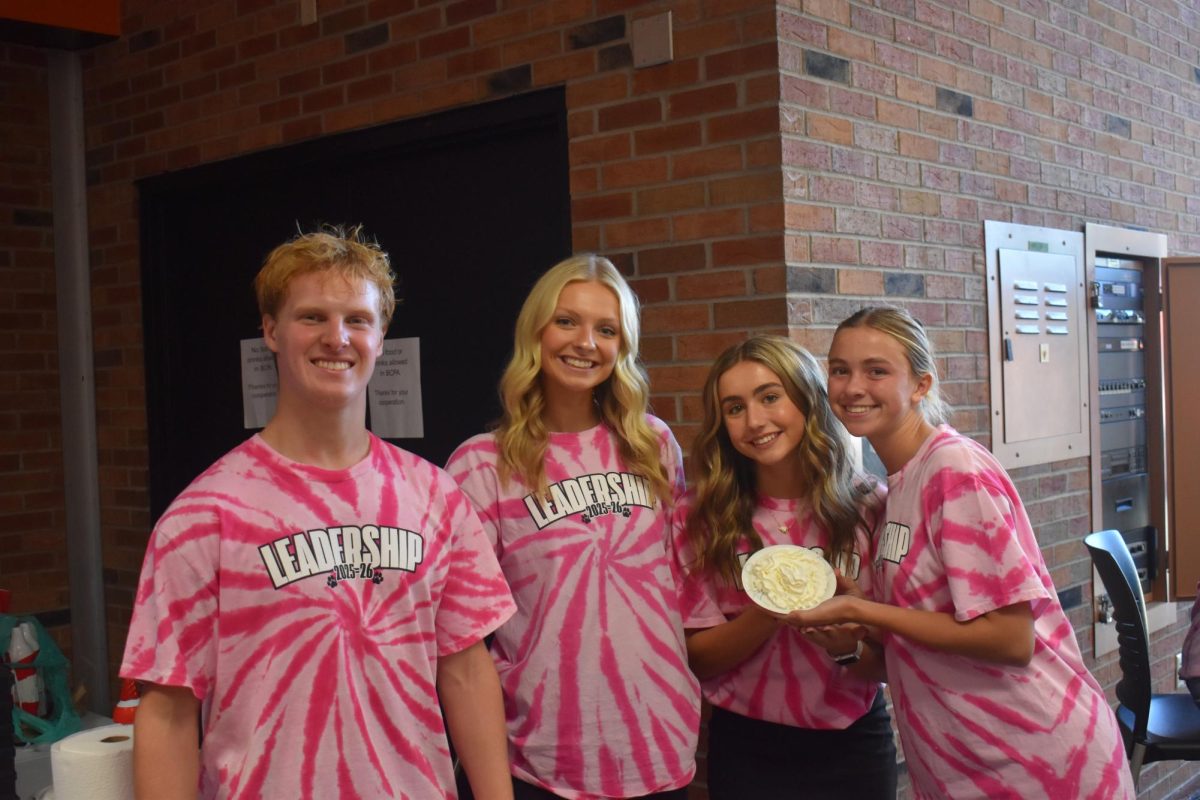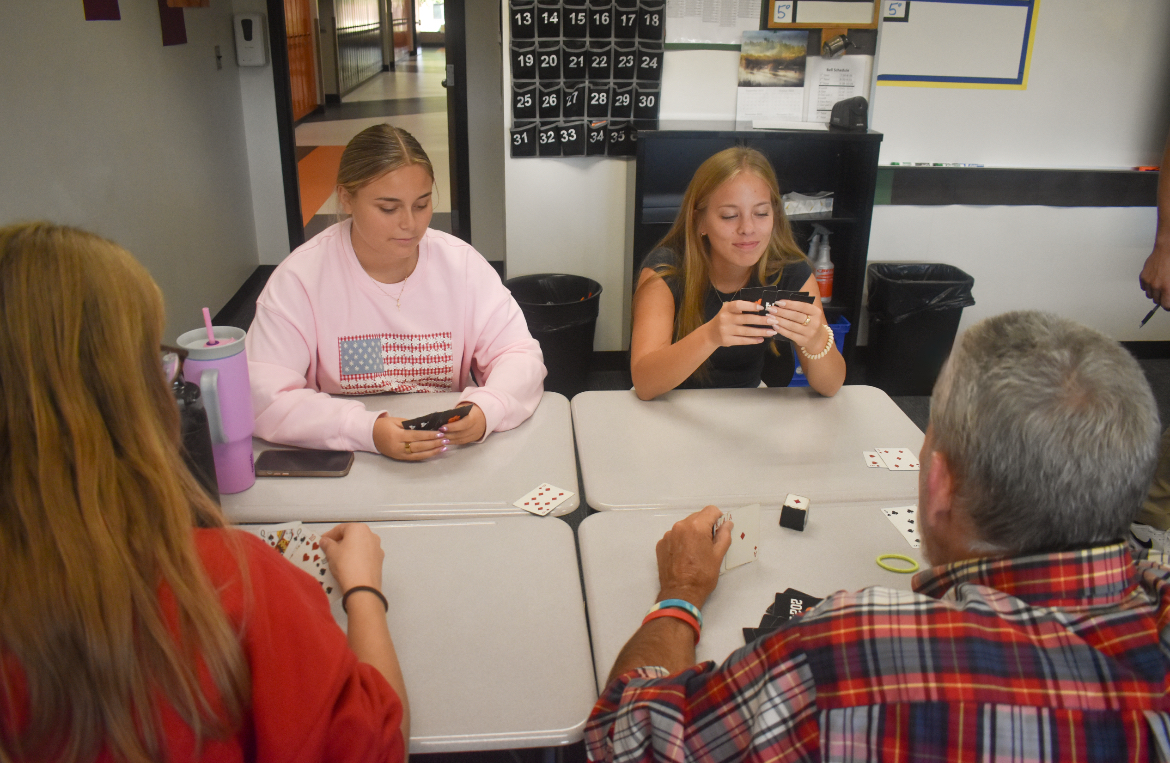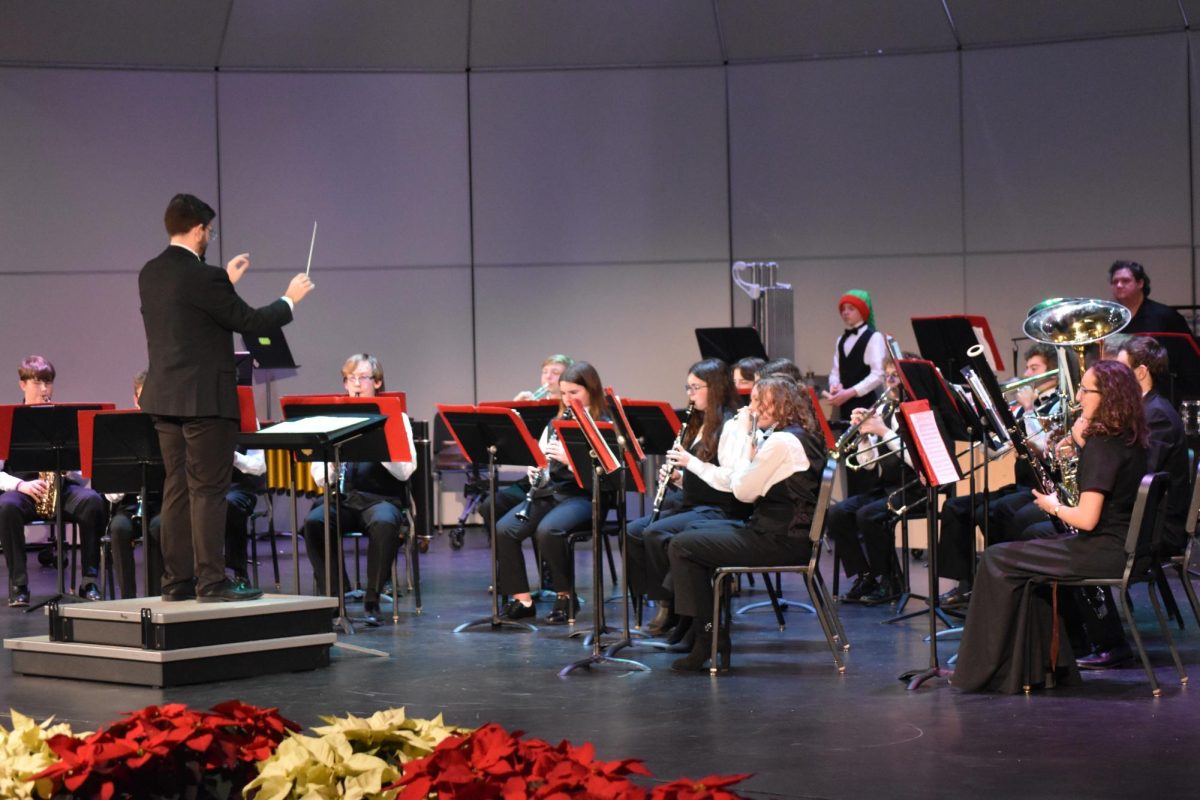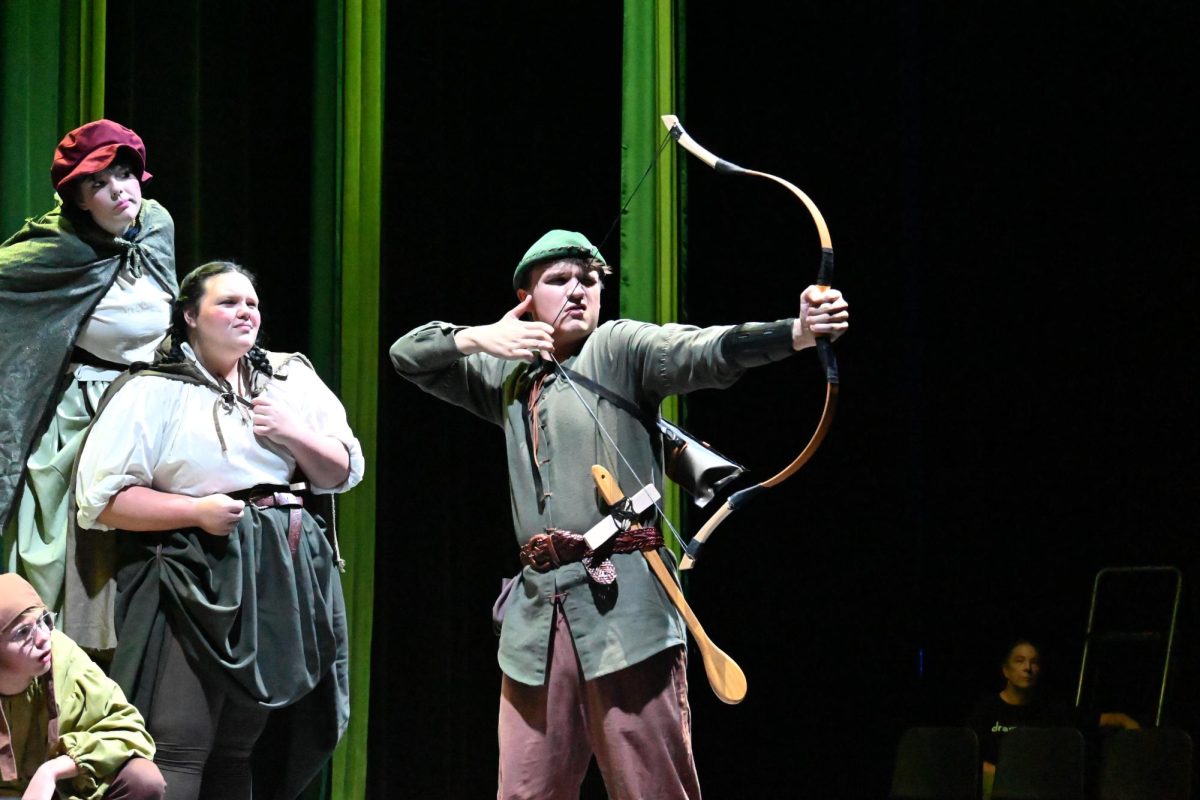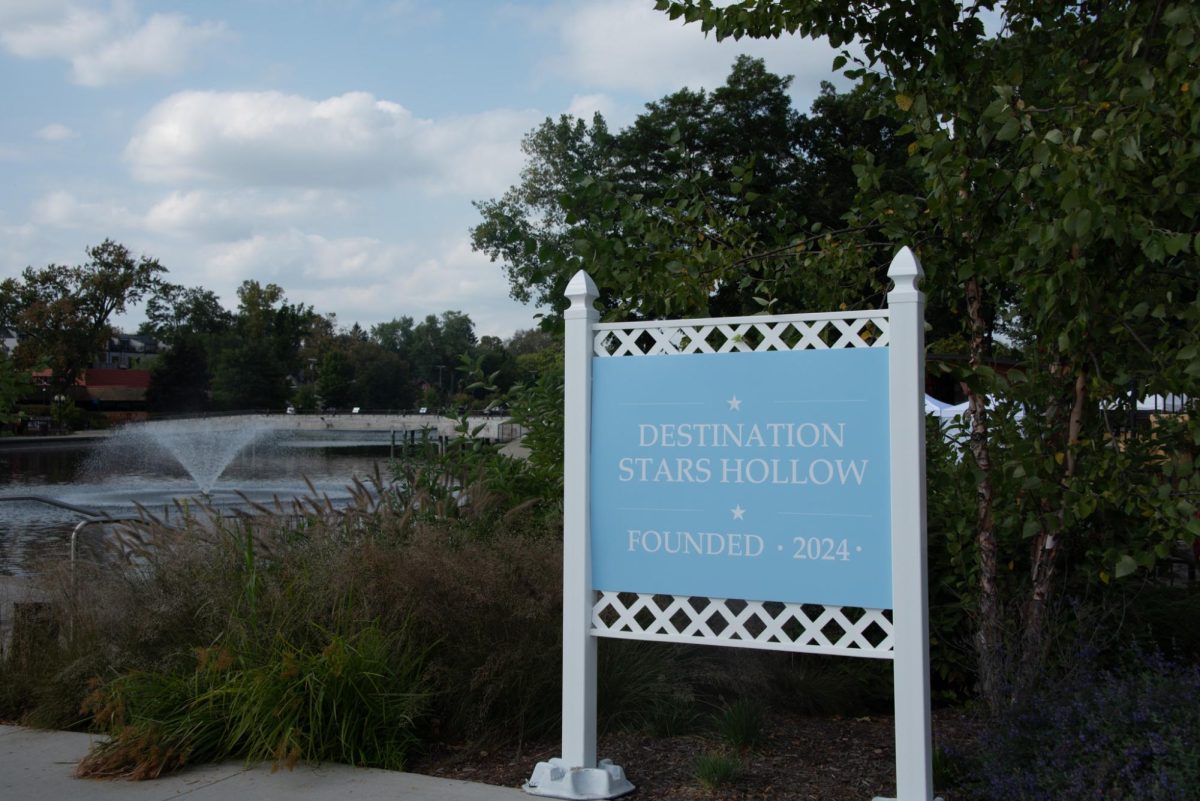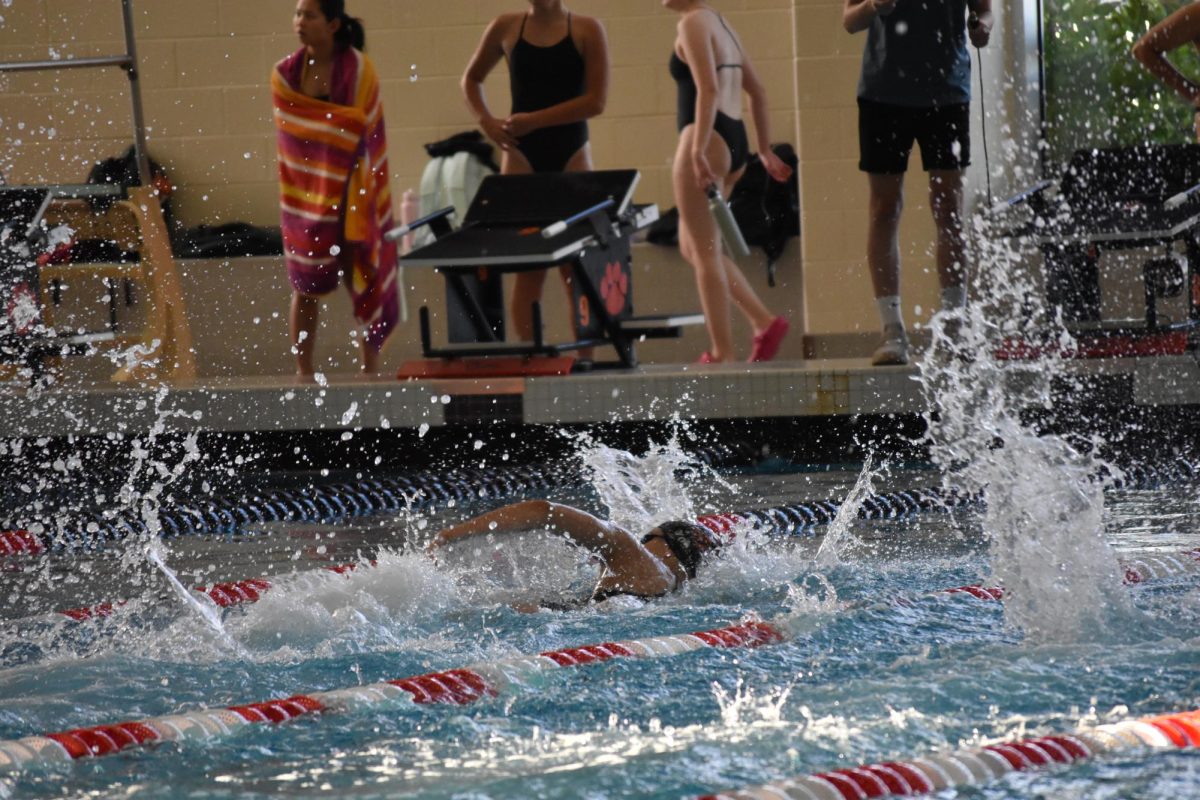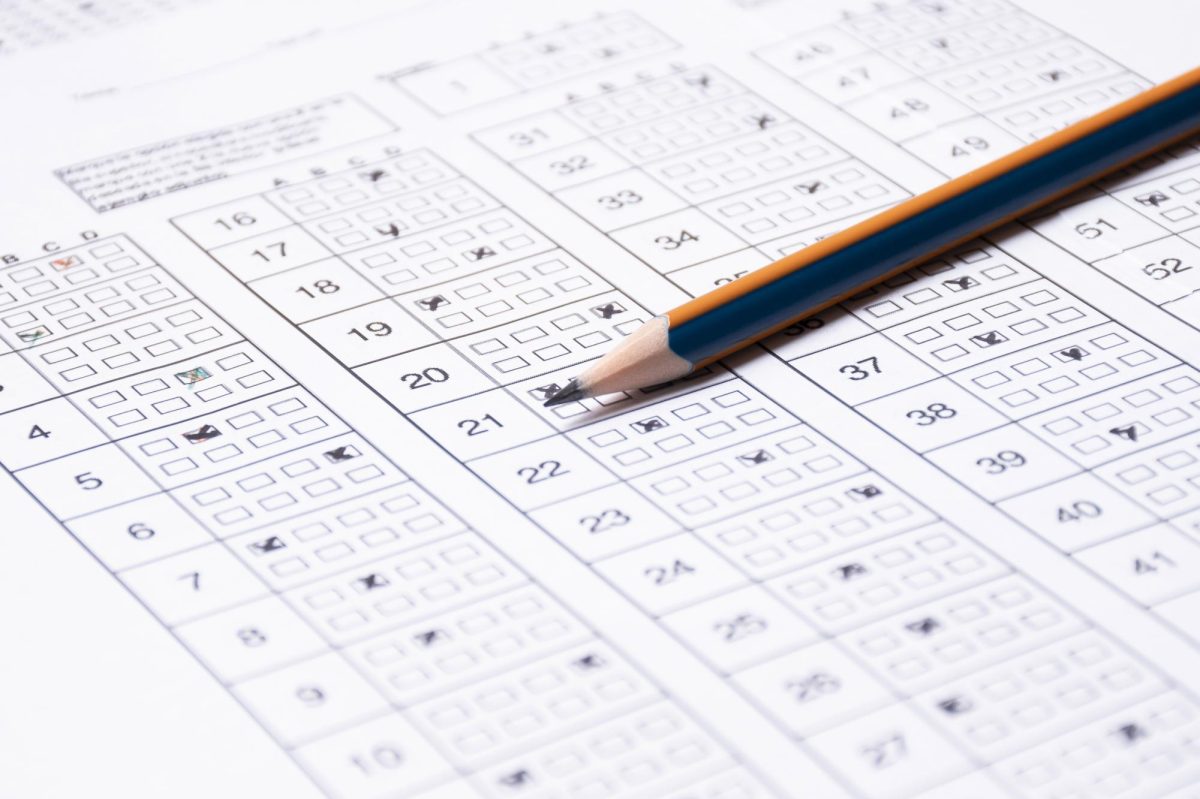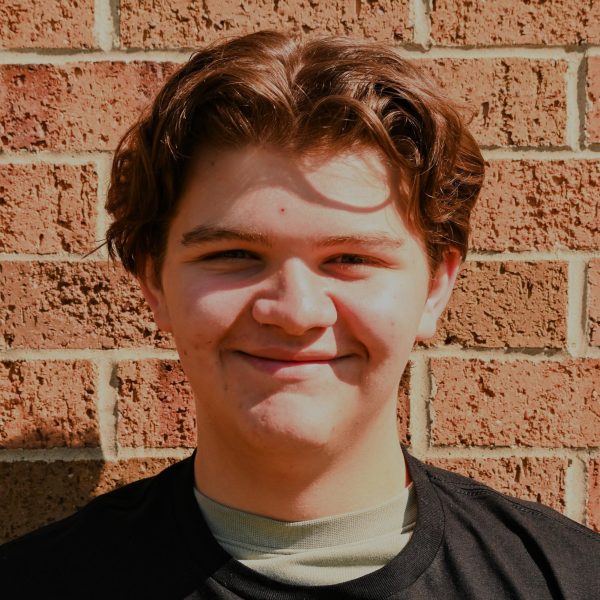Watching the bubbles fizz in the chemistry lab, hearing the clicks and clacks from the STEAM center and preparing for my next math exam have and always will be an essential part of my academic life—and everyone else’s, for that matter. But I also want to watch the history of the world flash by, hear the orchestra swell in the BCPA and prepare for my English paper.
Every year, the STEM classes are pushed and shoved into my schedule with eager excitement. All the while, the humanities and arts are simply there, a blow-off class or irritating requirement.
It also seems that everyone is pushing to take the fun-branded classes in the newly added STEAM center or challenge themselves with the AP sciences. However, many of my peers opt out of the difficult English class and shy away from the music and art programs.
As stated by the school counselors, AP math and science classes have the most participants, followed by AP history and then AP English. This gap is seemingly growing, especially based on personal experience, which will inevitably cause problems moving forward.
“A mono-mindset focused on problem-solving through STEM alone fails to capitalize on the plethora of tools available to us and impoverishes every discipline in the process,” reports the London School of Economics and Political Science.
Through their studies in the UK, they found that the emphasis put on STEM classes versus their coined term SHAPE (Social Sciences, Humanities and the Arts for People and the Economy) will lead to a disconnect between the two. They say that this will not only harm students but also lead to an inflexible and unimaginative workforce.
The benefits of participating in the arts are undeniable and limitless, yet still, many art programs across the United States are underfunded and underutilized, which is leading to reduced academic performance. According to an article published by the American Psychological Association, the benefits of participating in school music programs include improved time management, increased listening skills and significantly improved discipline.
In the same article, Peter Gouzouasis, the author and lead researcher, said, “On average, the children who learned to play a musical instrument for many years, and were now playing in high school band and orchestra, were the equivalent of about one academic year ahead of their peers with regard to their English, mathematics and science skills, as measured by their exam grades.”
Not only should music programs, along with other creative outlets, be encouraged and popularized, but they should be funded and emphasized as much, if not more than, STEM programs, especially since the benefits are universal when applied during the school day in other classes.
This could be easily achieved through the support for the performing arts addition to the upcoming bond for BAS. This addition will not only provide dedicated spaces for our three music programs but will also help to reestablish BAS as a center for creativity, alongside our extensive STEM programs.
Supporting this and other aid that benefits the music department will help BAS establish itself as more than a talented sports school or the school with the esteemed robotics program but also a school of creative expression.
We could put our lesser-known programs, like that of the orchestra, on the map, and could help the band return to its past numbers while also enabling future students to aspire and dream to be a part of the music program at BHS as they go through Maltby and Scranton.
On another note, looking into reading and writing, literacy skills are not only useful in the classroom but are becoming more vital every day. As expanded on in a Medium article by Tim Wise, media literacy, ethics, sociology and history, or MESH, are a necessity in schools and in everyday life.
Wise explains, “The problem is not the science. The problem is that we lack the political will to do what the science tells us we must. We lack the media literacy to filter out the propaganda… We lack the ethical grounding to weigh our long-term obligations to future generations… We lack the sociological imagination needed to analyze the power dynamics that make polluting industries so powerful, and the historical memory that might allow us to learn from past struggles.”
Looking at BHS, the art programs and English programs are simply sustaining their clubs and classes, while the STEM classes are growing and advancing exponentially. Although some of our newest classes do include AP Macroeconomics and Microeconomics, there are significantly more new engineering and medical classes.
According to the BHS band director, Mr. Swinkey, the total enrollment in our band classes has declined from 210 in 2019 to 83 students this year. While the COVID-19 pandemic significantly impacted the band program, the numbers have yet to recover to their previous stature, and unfortunately, they might never recover.
This is why, amid an AI-powered future and heavier advances to put students in STEM classes, schools should bolster the arts and SHAPE classes just as much, if not more. There should be more funding, bigger pushes and a larger focus on these programs, or else we risk our future.
Without creativity, expression and varying learning opportunities, we will create a bleak and monotone future that lacks individuality while simultaneously creating an over-skilled and narrow-minded workforce.
The vitality of programs such as the band, orchestra and choir is just as important as the STEAM center’s engineering classes; the English and History departments are just as important as the Math and Science departments. This is why BHS—and schools everywhere—need to center their focus back on emphasizing a well-rounded education that will enable students to be the best they can be as not just scientists and mathematicians but critical thinkers who are prepared to embrace a variety of disciplines.

